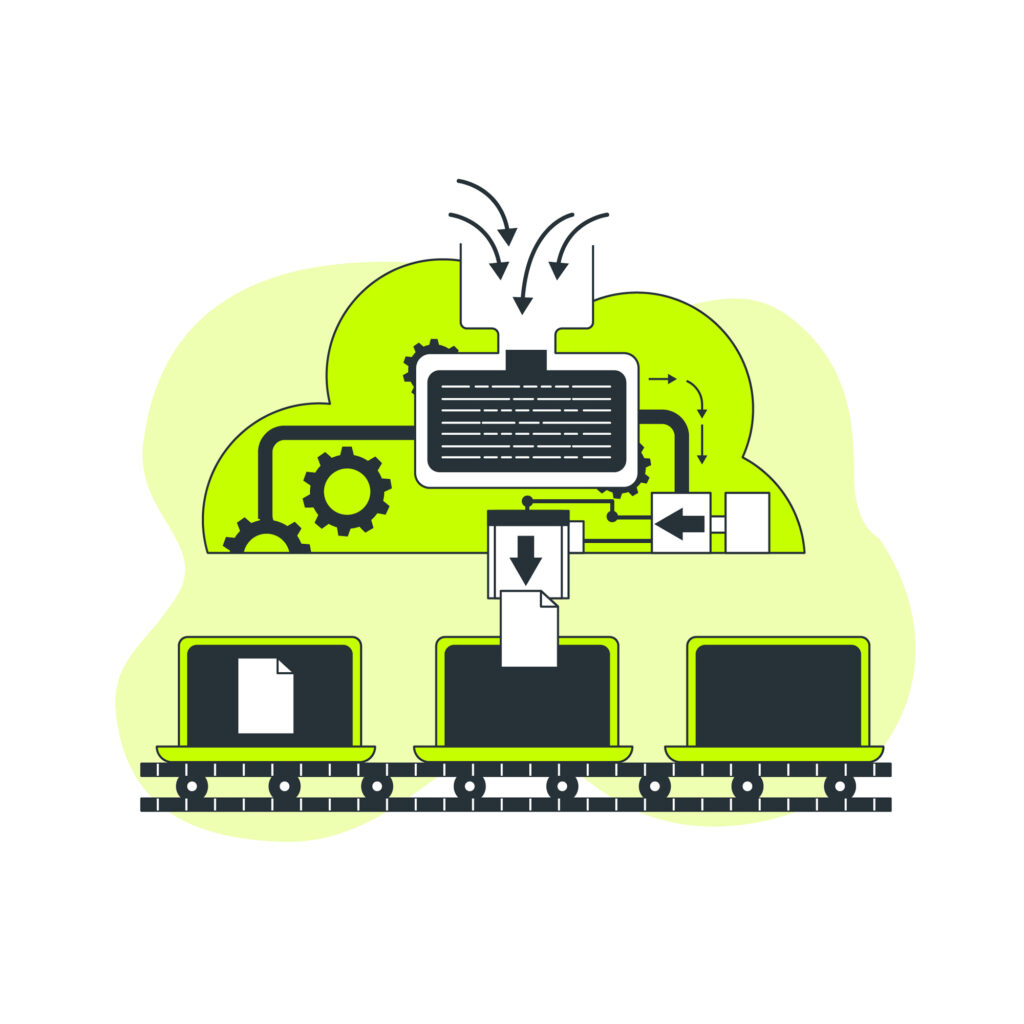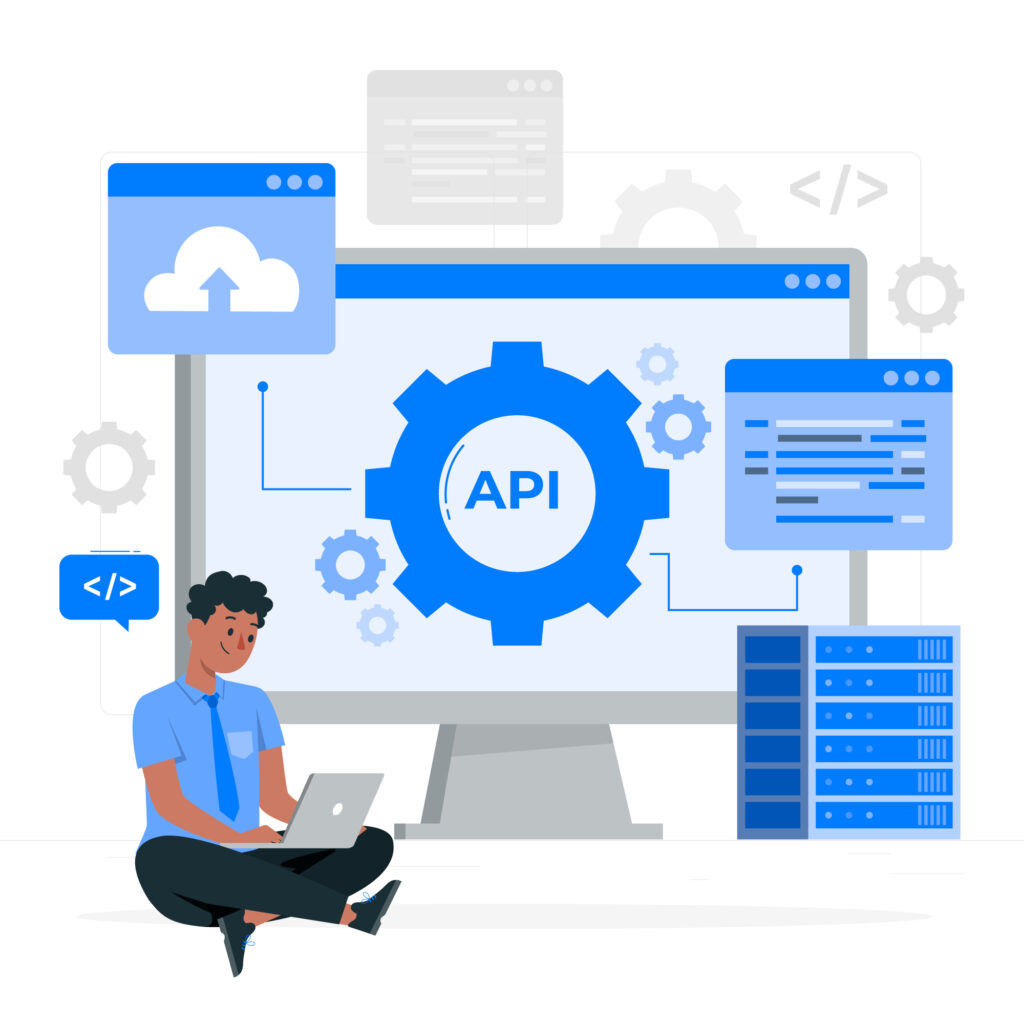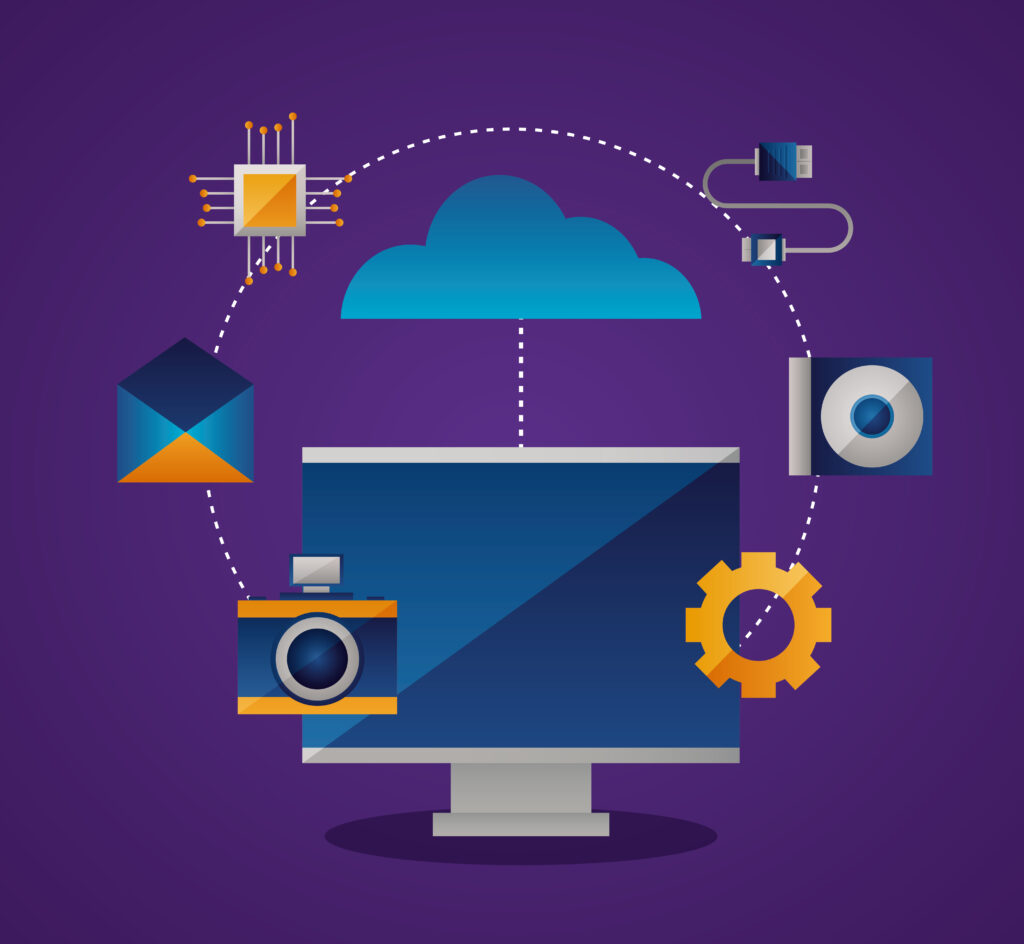Introduction
Integrating software, hardware, and firmware now forms the new face of the technological landscape. In smartphones and self-driving cars, the system depends on synchronizing these three. Though software offers front-end functionality, hardware executes commands, and firmware acts as the bridge for the easy communication of both components. This case study will be an excellent example of how collaboration between these domains is important and supported by real-world examples and insights.
Understanding the Core Components
Software
Software is, in every sense, the brain of a system, guiding the hardware to act within the defined boundaries. It allows interaction with hardware and different operations being performed by the user. This ranges from operating systems like Windows or macOS to specific applications such as Microsoft Word or Google Chrome. These applications depend on the underlying software in data processing, user interface management, and the general smooth functioning of the system.
Hardware
Hardware is the physical elements of a system, which would include the processor, memory, sensors, and even the input and output devices which could be keys, monitors, and other physical peripherals. Hardware has real efficiency in the execution of its functions, but only if the execution is properly made to make this system run fluently.
Firmware
Firmware lies between the hardware and software, typically kept in a system’s non-volatile memory. Its primary function is to control a set of low-level operations of the hardware; for instance, initializing a device when the system is starting up or controlling interactions with peripherals. The Basic Input/Output System (BIOS) in computers is a classic example of firmware that enables hardware-software interaction.

Why Collaboration is Crucial
- Seamless Functionality: The end user expects flawless function from technological gadgets. Whether the gadget is an intelligent smartwatch tracking steps, or an autonomously navigating the terrain drone, seamless functionality depends upon harmonious synergies between all three: hardware, firmware, and software. Failure to align produces glitches, low efficiency, and even complete system shutdowns.
- Enabling Innovation: Technological progress is often spurred by innovation in a particular area that finds support from other areas. For instance, a good software algorithm is not sufficient for an AI-driven chat application like ChatGPT; it needs powerful hardware such as GPUs and optimized firmware to manage memory and processing.
- Real-time Information Sharing: Bild is focused on developing an open, transparent hardware development environment where all the updates are in real-time without any middleman.
- Instant Access to Updates: The hardware teams would ensure that updates can easily be accessed by firmware engineers to ensure simultaneous releases of the latest firmware and hardware, thus less possibility of the flash of the incorrect firmware.
- Unified Platform: Working on a unified platform provides one source of truth. This, therefore, reduces processes and also handles multiple streams of data more smoothly.
- Reliability and Security: The reliability and security of a system depend much on how well its components work together. For example, firmware, which controls low-level hardware functions, must be regularly updated to fix any vulnerabilities. If these updates are not coordinated with software updates, it can create gaps that cyber attackers might exploit. Therefore, firmware and software updates need to be kept in synchronization so that the system remains secure but does not break its normal functions. This synchronizes both its functionality and security against threats.
Real-World Examples
Case Study 1: Tesla’s Autopilot System
Tesla’s Autopilot system is a quintessential example of how software, hardware, and firmware all come into play. It employs:
- Hardware: Cameras, ultrasonic sensors, and a powerful onboard computer.
- Firmware: Intermediate controls that regulate sensor data in real-time.
- Software: AI algorithms to make decisions and the user interface for drivers.
The hardware capabilities in FSD (Full Self-Driving) were introduced by Tesla, but it needed firmware updates to tackle new tasks and software upgrades for advanced features such as traffic light recognition. This joint effort led to a more secure as well as efficient mode of driving.
Case Study 2: Apple’s Ecosystem
The best example of tight integration across hardware, firmware, and software is given by Apple’s ecosystem, comprising iPhones, MacBooks, and Air Pods.
- Hardware: The company designs silicon chips in-house, like M1 and A-series processors that are optimized for performance and efficiency with their devices.
- Firmware: This system-level software is embedded in Apple devices for managing hardware functions and ensuring that all the components work harmoniously.
- Software: Operating systems such as macOS and iOS have intuitive interfaces and support numerous applications, hence improving the general user experience.
This collaboration between these elements allows features such as “Handoff,” where users can start a task on one device and pick it up later without interruptions when another device is available. Such experiences are only possible with the tight integration of Apple’s hardware, firmware, and software.

Challenges in Collaboration
Communication Gaps
- Teams working on software, hardware, and firmware usually work in silos. Lack of proper communication may result in mismatched expectations, delays in timelines, or functional issues.
Complexity in Testing
- The full performance of the software with hardware and firmware is ensured through hectic testing activities encompassing many scenarios. Real-world simulation adds to this complexity.
Rapid Evolving Standards
- Standards and protocols may evolve rapidly because of the quick changes in technology. All three domains must adjust accordingly. For instance, improvement in 5G necessitates updating both hardware and software systems according to new performance requirements.
How Does This Collaboration Happen?
With integrations with GitHub and GitLab, collaboration becomes so much easier. With firmware engineers reliant on the platform of Git as the platform that writes and then manages their code, we decided to include this integration with Bild. Firmware engineers can stay where they’re the most comfortable–their repository while making an overall connection of both works seamlessly to things on the other side, including hardware.
For the first time, text-based software traditionally housed in Git can live side-by-side with binary visual models that typically reside in Product Data Management (PDM) tools. Everything lives together in one place using Bild and is supported across various software programming languages, workflows are streamlined, and there’s a more unified approach for engineers from all disciplines.
Future Trends
AI and Machine Learning
- As AI becomes increasingly integrated into hardware systems, collaboration of hardware, firmware, and software teams will increase. For instance, edge computing devices are expected to process data locally rather than dependent on distant servers. This scenario requires optimum firmware and software to handle data efficiently while reducing latency. It means that all AI functions need to be performed swiftly and accurately in the device itself.
Internet of Things (IoT)
- IoT technology shall grow exponentially with the massive growth in dependence of devices on smooth interaction between software, hardware, and firmware. The drive will be critical for the advanced collaboration of these components so that the functioning of devices becomes smooth and reliable. It shall provide a better user experience and support the increasing demand for connected systems.
A deeper understanding of how semiconductor manufacturing is revolutionized by IoT is available for those interested; read the whole case study by visiting Nano Genius Technologies’ site on:
A Case of IoT on Semiconductor Manufacturing.
Quantum Computing
- The advent of quantum computing will redefine integration challenges and will require completely new frameworks for collaboration.
Conclusion
In modern technological advances, software, hardware, and firmware interoperations are the foundation of their operation. From consumer electronics to industrial systems, how smoothly they can interact determines functionality, reliability, and innovation. Indeed, while some challenges will still be encountered, best practices should be embraced to overcome such challenges, paving the way for revolutionary technologies.

